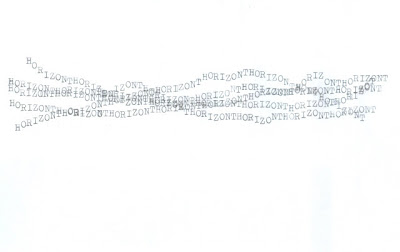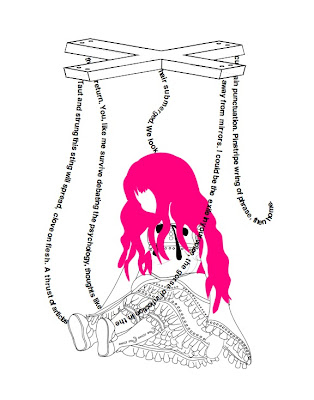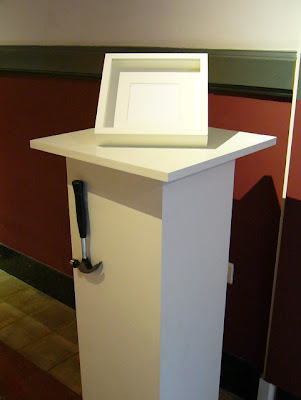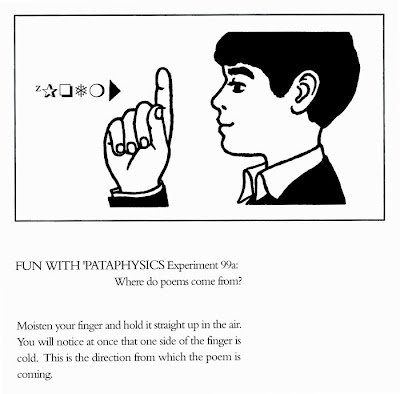Veil
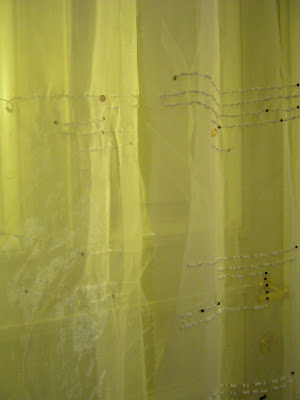



“
Beauty is neither the veil nor the veiled object but the object in its veil” – Walter Benjamin
The beading on these translucent veils forms writing in Morse code. It is a kind of homage to that quality of language that we hardly ever experience once you know a language well, but that is common when learning a language: when you look at a sign system and you know it has meaning and that you should be able to understand it but you can't. The “aha moment” of recognizing meaning in a series of signs is magical for me, but that moment, as the language passes from opacity to translucence, fades as quickly as it arrives.
Veil texts:
1
abandon the real in favour of strata folds of fake above the Real a masterpiece of cloaked desire not only minds not only behaviours have strata sense has layers and their random tectonic intersections may mean or not
2
surface is sceptical; beware the clear surface the one without history rejoice in the palimpsest, however cloudy or alien when what comes through is horrible monstrous the result is at least in the palimpsest traceable
3
check the history of your expression how many things fall under a smile that turns into pursed lips at the end sometimes smiles lie or one has to cut them off before they reveal a real happiness stop smiling before someone recognizes
4
A linguistic substratum consists in the survival of features typical of a language
formerly spoken in an area in the language which has replaced it talking about the morphology of language is not accidental language is both topographical and animalistic
5
we can use language to veil our thoughts language more often veils and reveals and indeed it benefits power structures by veiling I am with language and I am with silence I have language and I have silence I have power and I have power
6
language is what consistently bubbles to the surface language fossils can be unearthed from sedimentary languages thus while the limits of my language are the limits of my world the implicit history of my knowledge is a history of coverings-over erasure shift veiling palimpsest
~~~~~~~
Jessica Smith studied at SUNY Buffalo, where she founded the poetry magazine name and won the Academy of American Poets Prize twice. She has written one full-length poetry book,
Organic Furniture Cellar (2006) and several chapbooks:
bird-book (Detumescence),
Telling Time (No Press),
Shifting Landscapes (above/ground press) and
butterflies (Big Game Books). She is the editor of the magazine
Foursquare.
~~~~~~~
As with several people's work, my photos don't do the veils justice. The beaded veils are lilac and the ones without beads opalescent white, which doesn't really come across with the back-lighting. Who am I trying to fob off with photos anyway? Come and see the exhibition live, this Sunday at four! I'm still working on the big red hot-air balloon that will be stopping by in New York, Toronto, Istanbul etc. to bring you all here. Clap your hands if you believe in subsidies....









